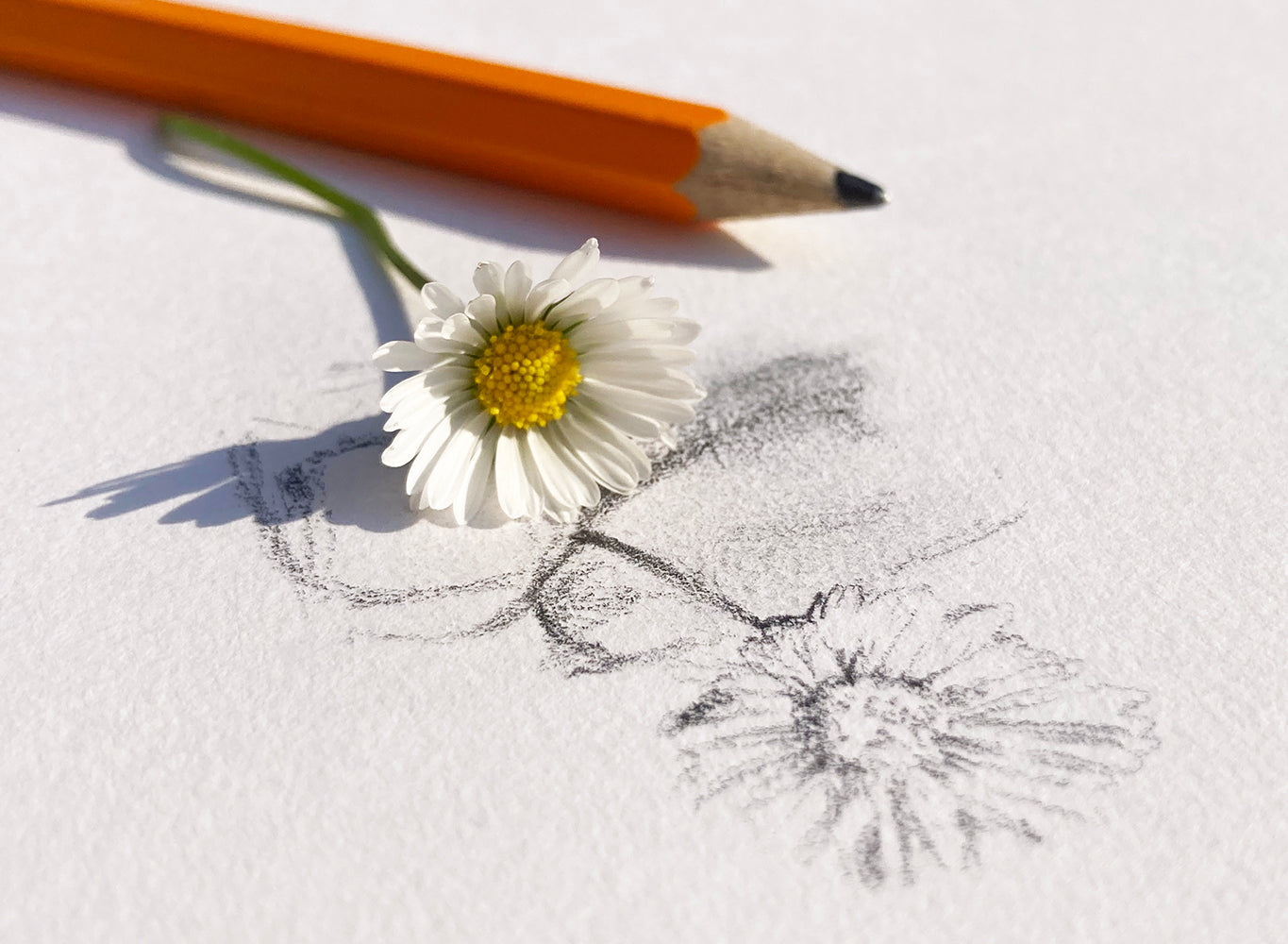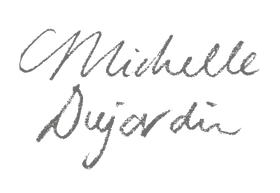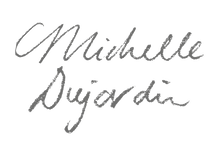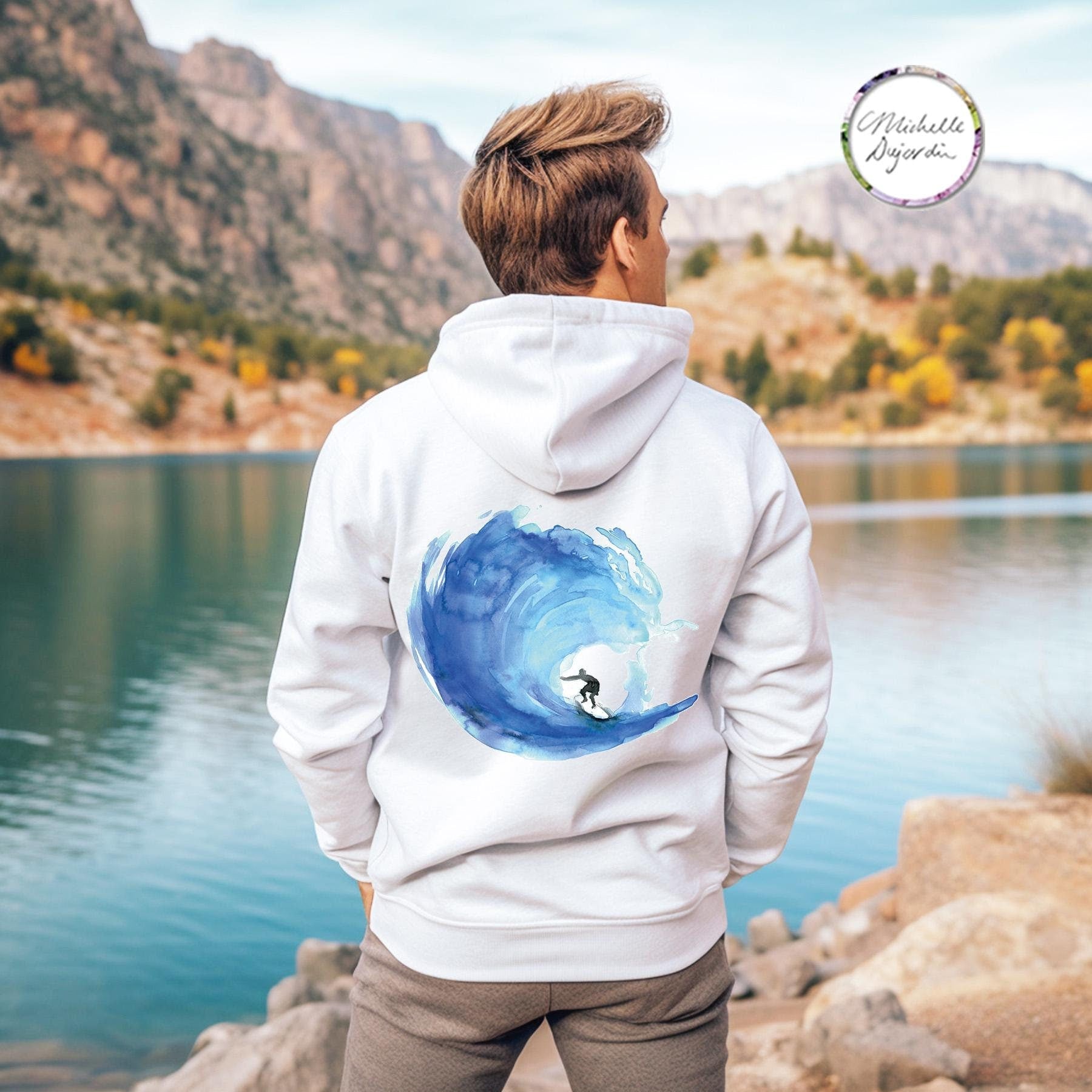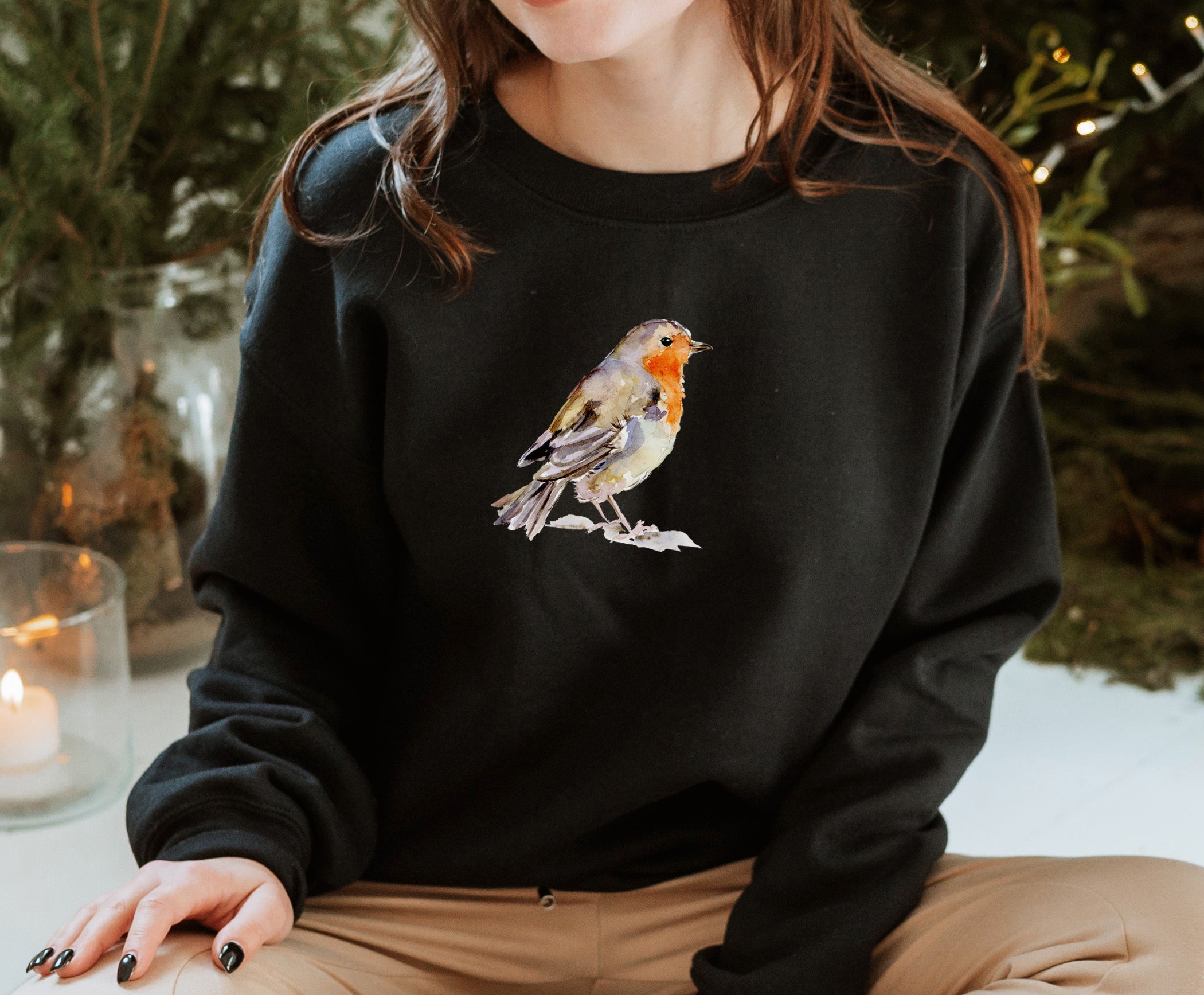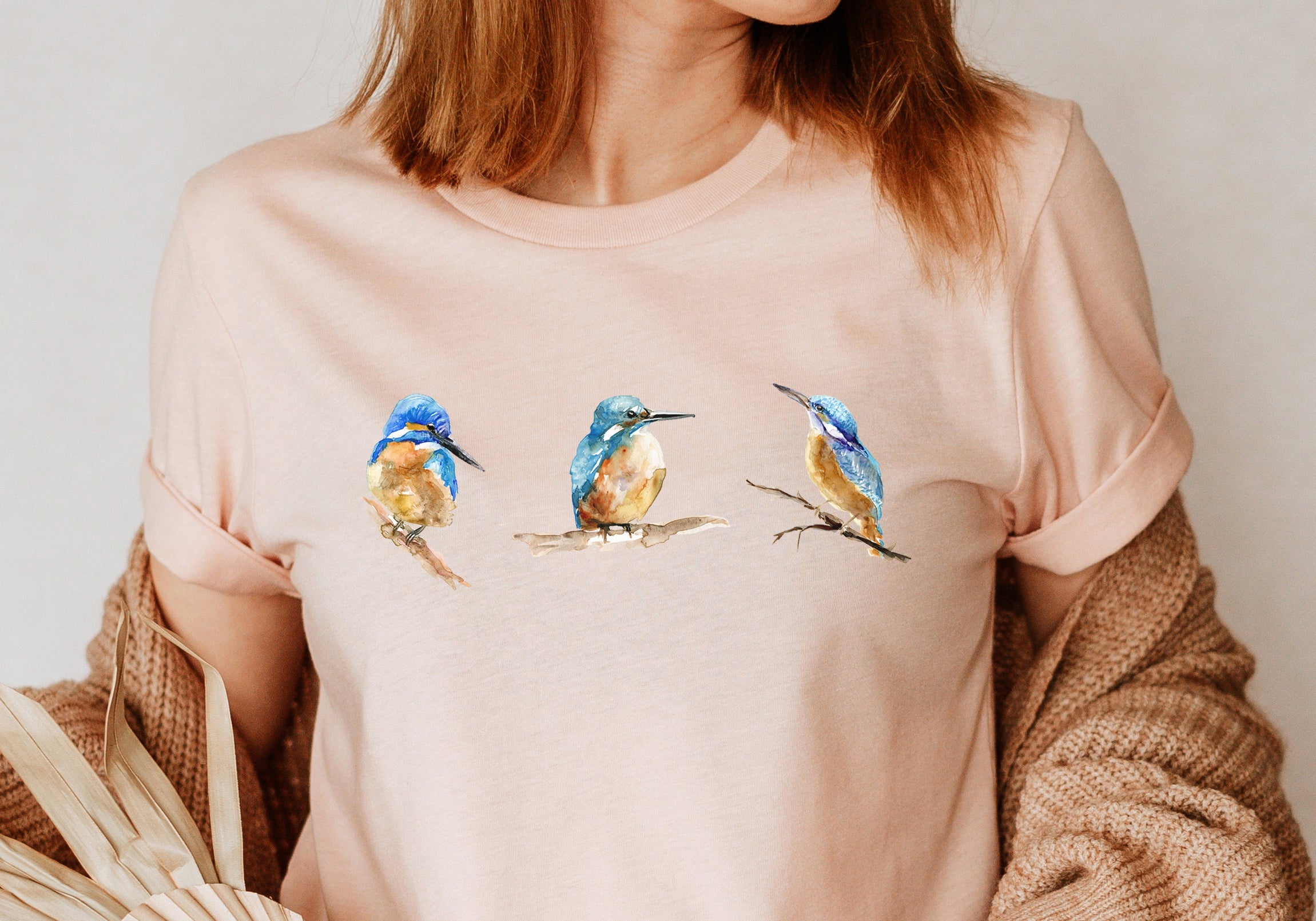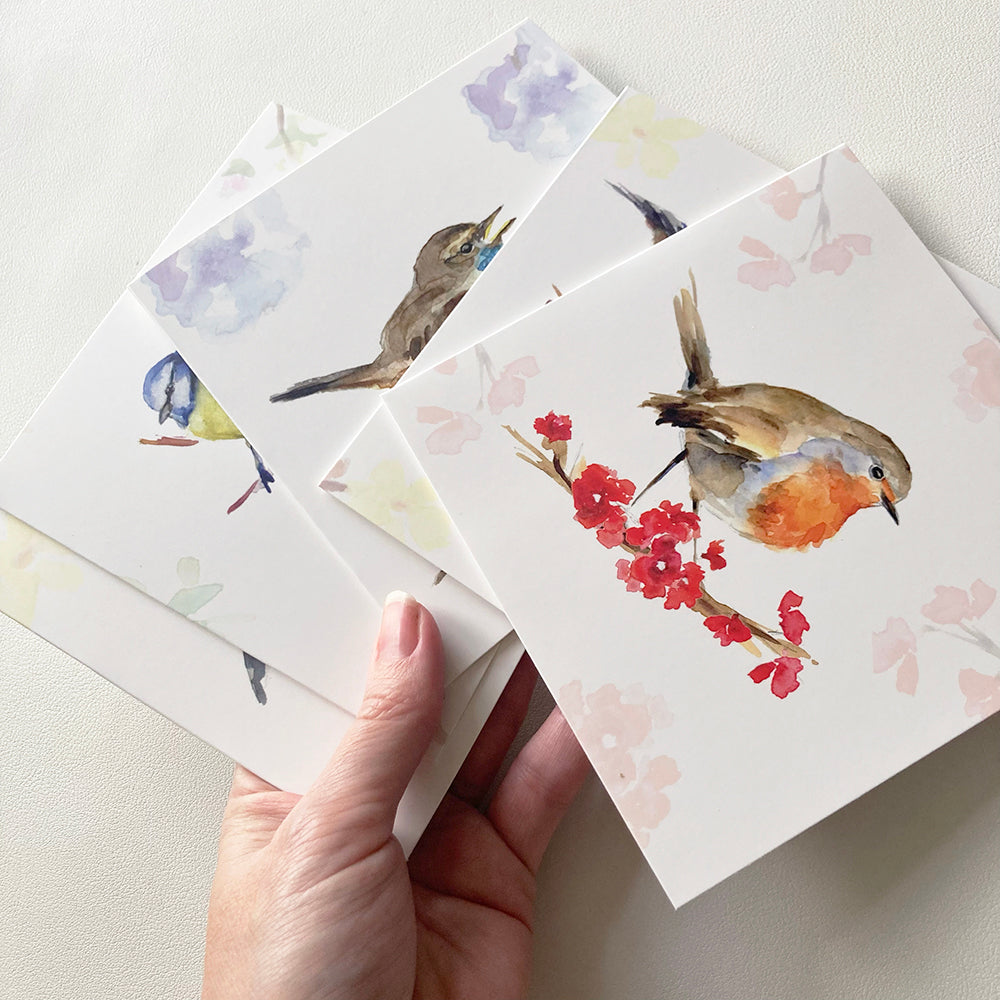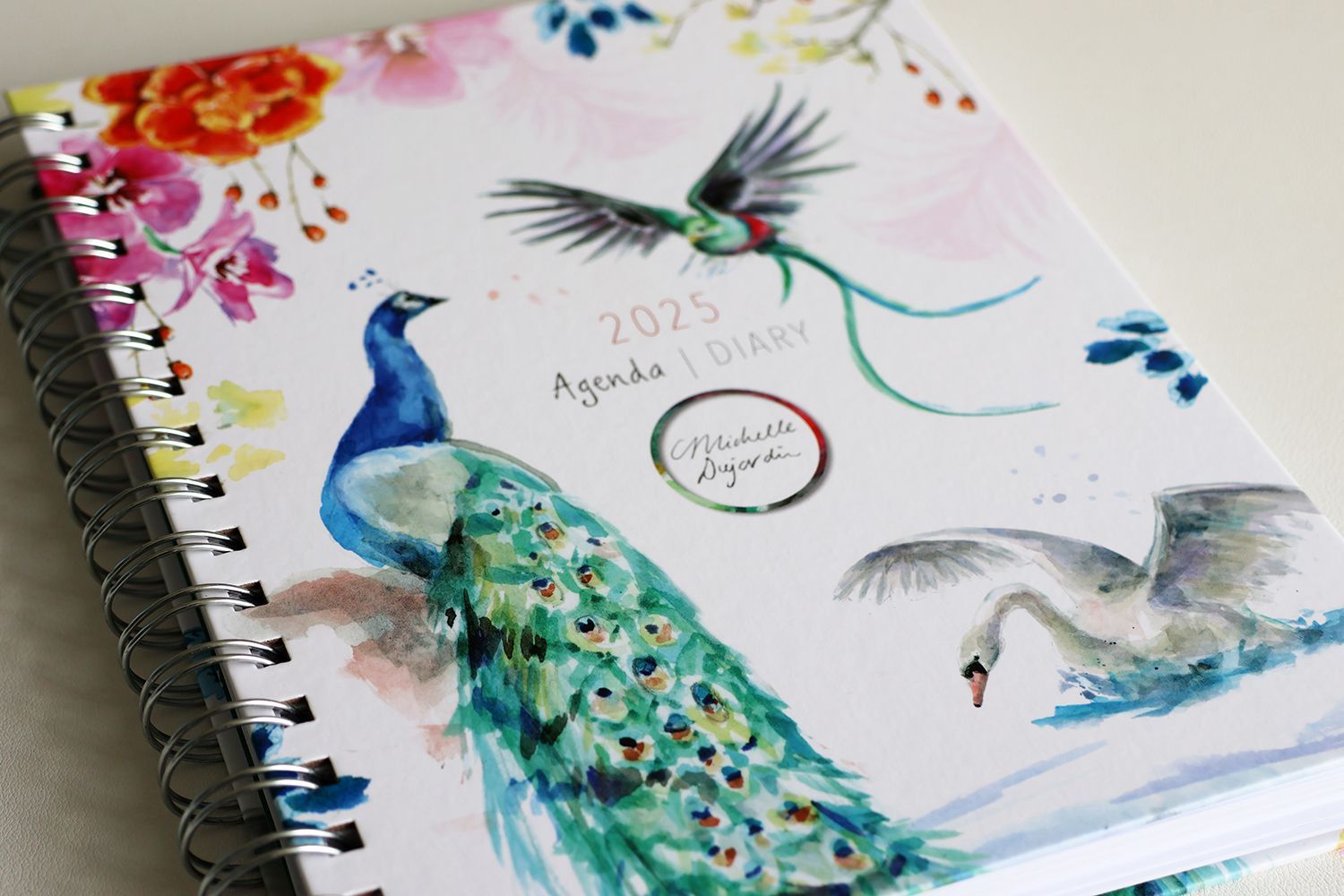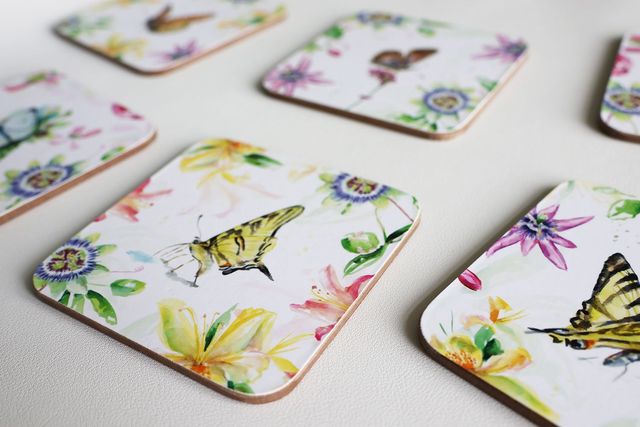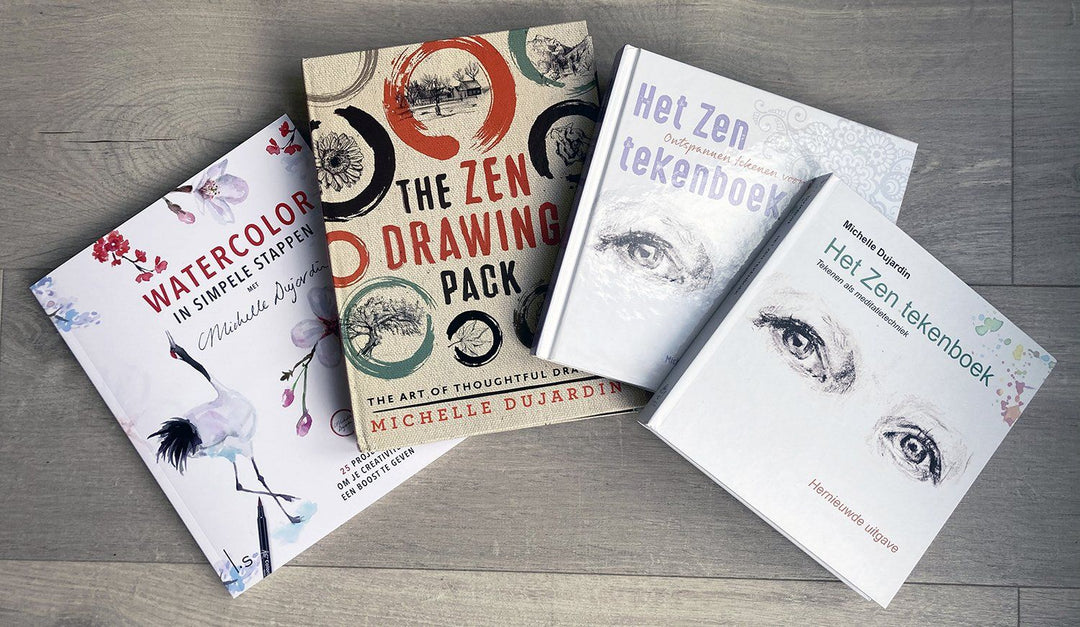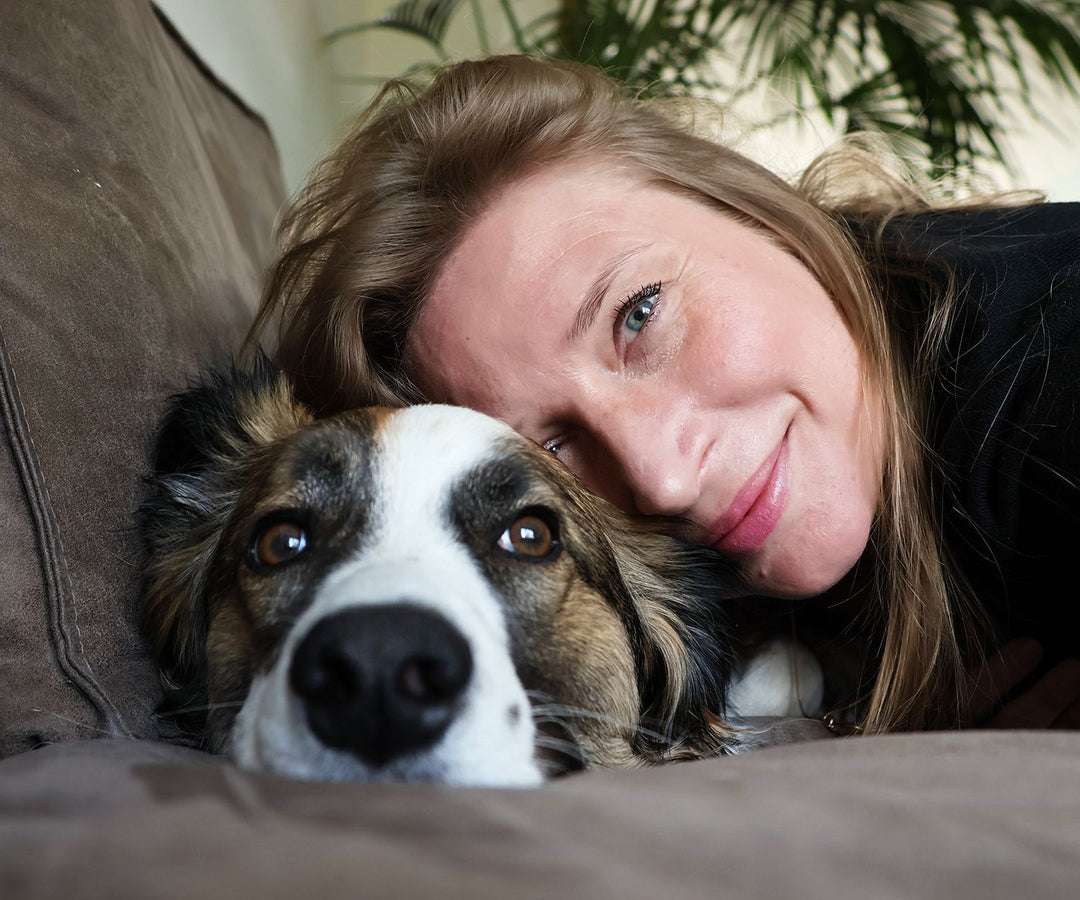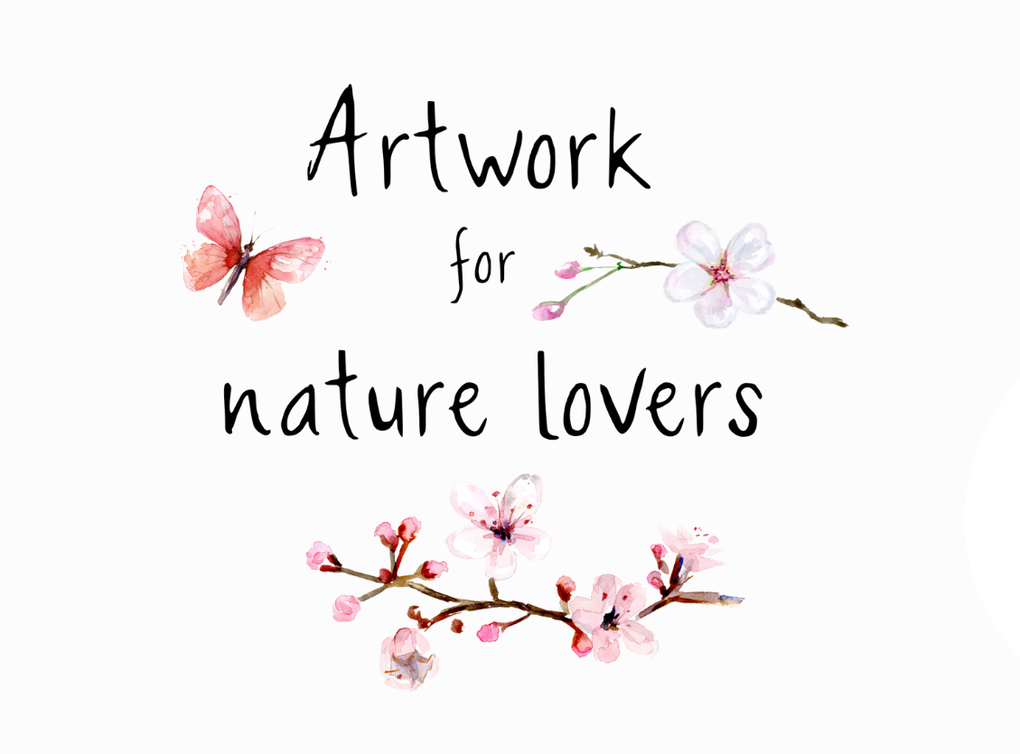Watercolor with Michelle
After I got familiar with blind contour drawing, I ended up with many simple line sketches—beautiful in their own way, but asking for a touch of color. Once I found back my watercolor set a new adventure began. Along the way, I discovered special ink pens with water-soluble ink, and I began using my Asian brushes. These elements naturally blended into the style I developed, which feels like a Zen approach to watercolor.

My way of watercolor is a blend of drawing and painting, very much like Sumi-e, which is the name for Japanese brush painting. It's intuitive, expressive, and built on simple yet deliberate brushstrokes. The practice requires deep focus, inviting you to stay present and let go of hesitation or control. You follow the flow—literally and figuratively—as the water often creates unexpected effects that teach you to surrender to the process.
What makes Zen watercolor special is the shift in focus: it’s not just about capturing your subject, but about being present with what unfolds on the paper. You rely on intuition and experience to choose your colors, to sense the right amount of pigment and water, and to respond with your brush to what is happening in the moment. In the end, each painting becomes a reflection of these subtle interactions—of movement, intention, and your state of mind.
You can watch a video below featuring one of the watercolor exercises from the book 'Watercolor in simpele stappen'. It shows you how to paint a hummingbird using Sakura brush pens. This video is part of a free exercise from the book, and the matching PDF is available for download here – so you can try it yourself!
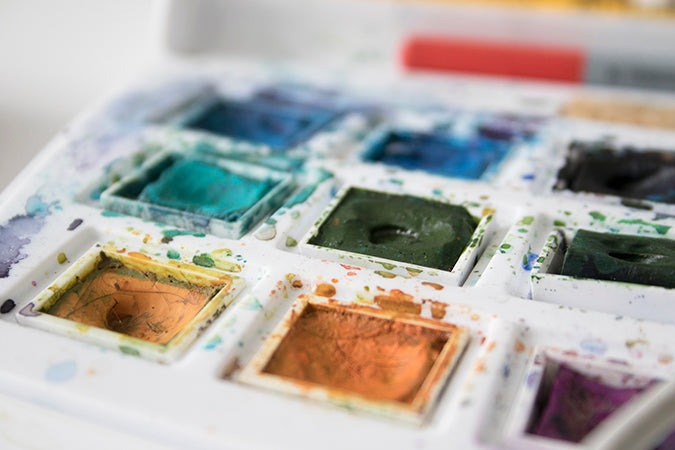
Watercolor
Watercolor comes in two main forms: liquid paint in tubes and solid cubes (also called pans). I enjoy mixing different materials, but working with watercolor cubes is my favorite.
Cubes are available in small or large sets. The compact ones are perfect for painting on the go—ideal if you love working outdoors.
Brushes
I often use traditional Chinese brushes, originally designed for calligraphy. They hold a lot of water and allow for both fine lines and broad strokes—offering great versatility. I also love exploring brushes with special shapes, like angled bristles, to create unique effects and textures.
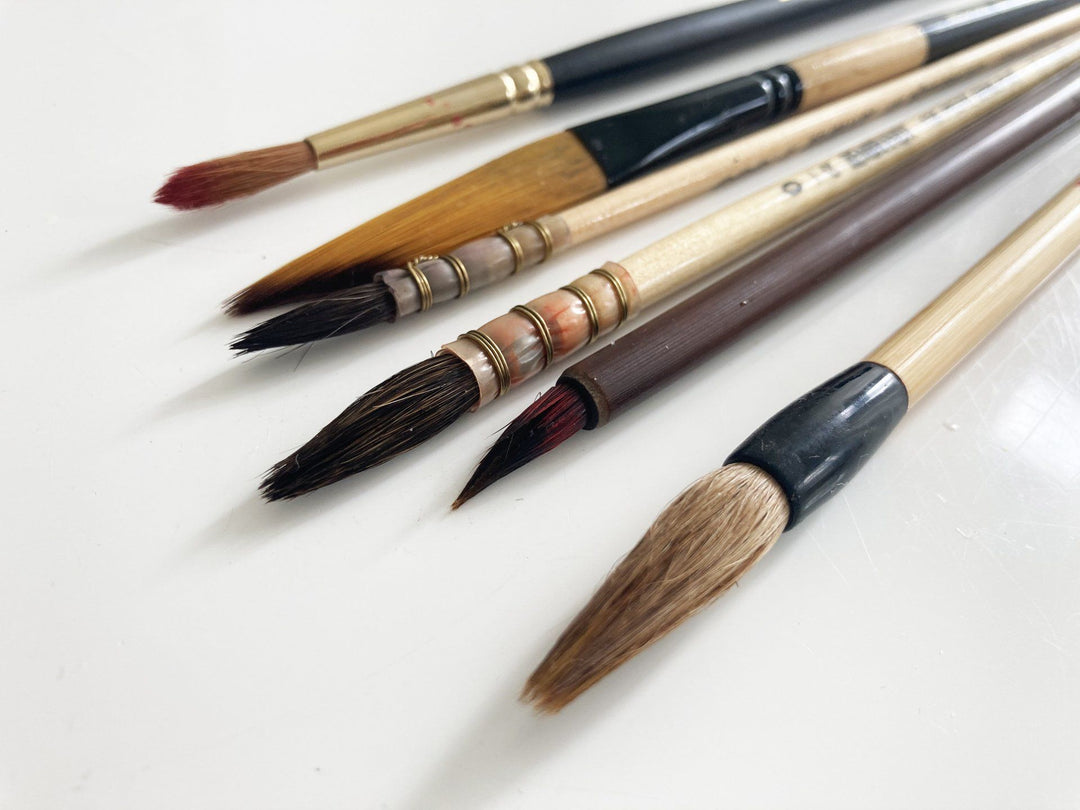
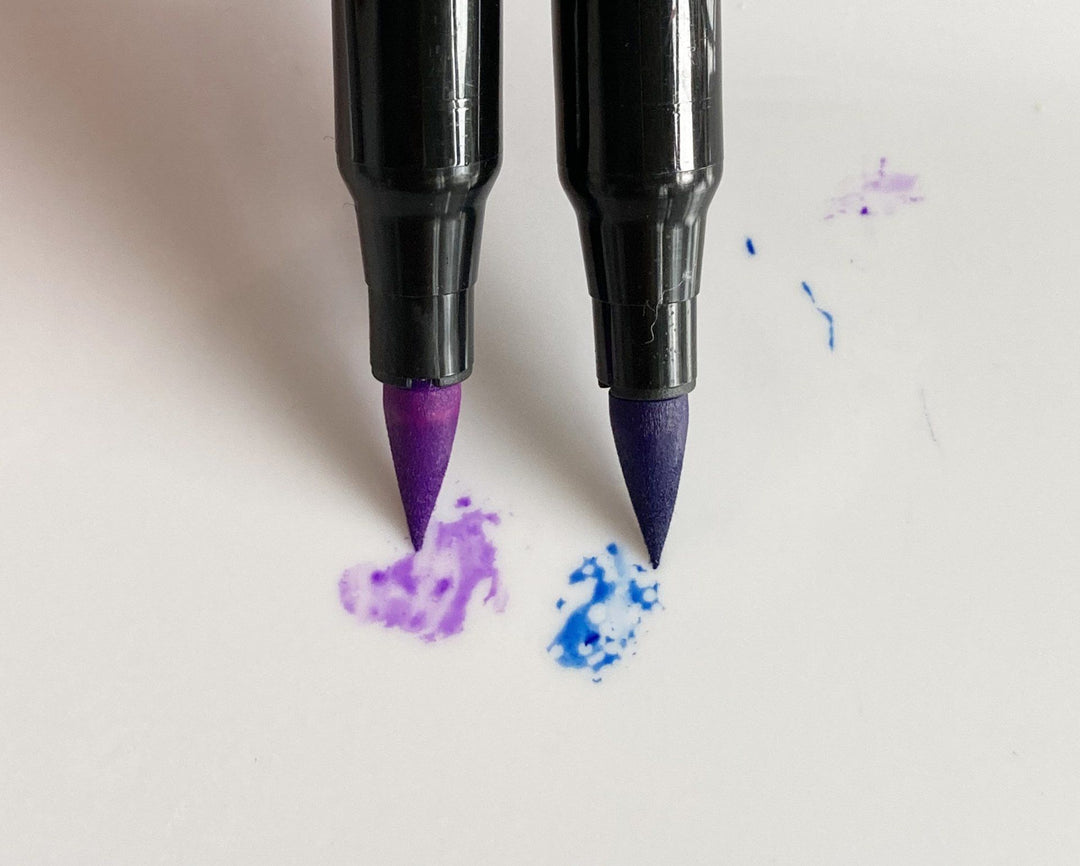
Brush pens
I often combine watercolor with other water-based materials like brush pens, Indian ink, Chinese ink sticks, and art pens. What they have in common is their ability to be diluted with water and used on paper—making them perfect for layering and experimenting. When mixing materials, it’s good to keep in mind that some inks may fade faster when exposed to direct sunlight.
Paper
Watercolor paper comes in many qualities—smooth or textured, bright white or off-white, and made from materials like wood pulp, cotton, or rice. Each type absorbs water differently, which has a big impact on your final result. If you’re new to watercolor, I highly recommend experimenting with different papers to discover what works best for you.
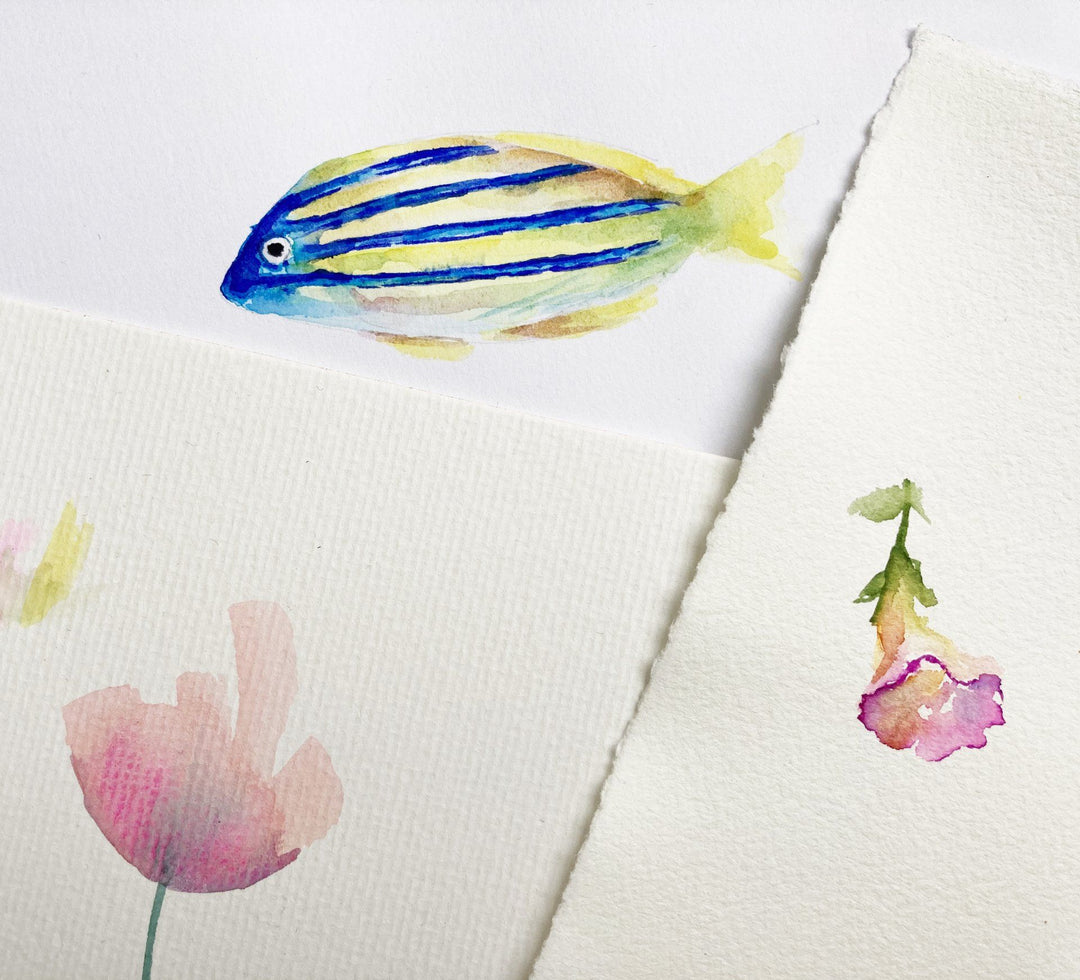
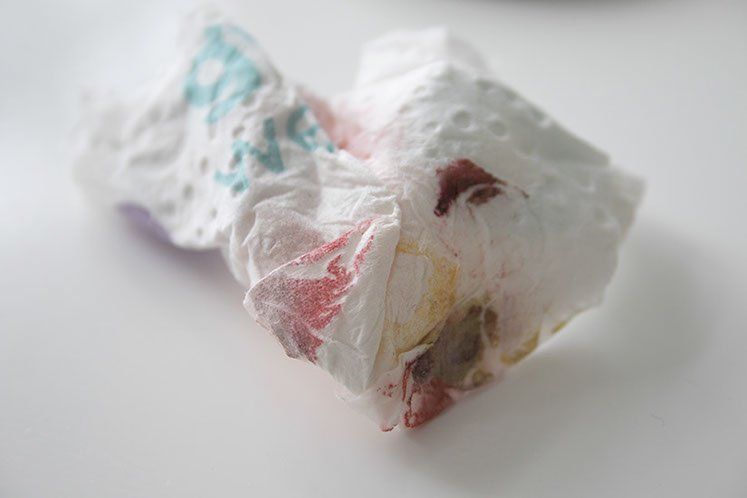
Extra materials
Other essential materials include simple tools like drawing pencils, an eraser, cups of clean water, and a piece of paper cloth to absorb excess moisture.
Video: Hummingbird exercise (PDF)
